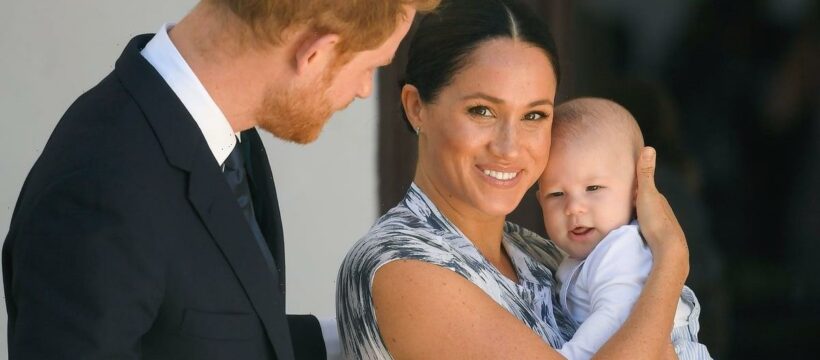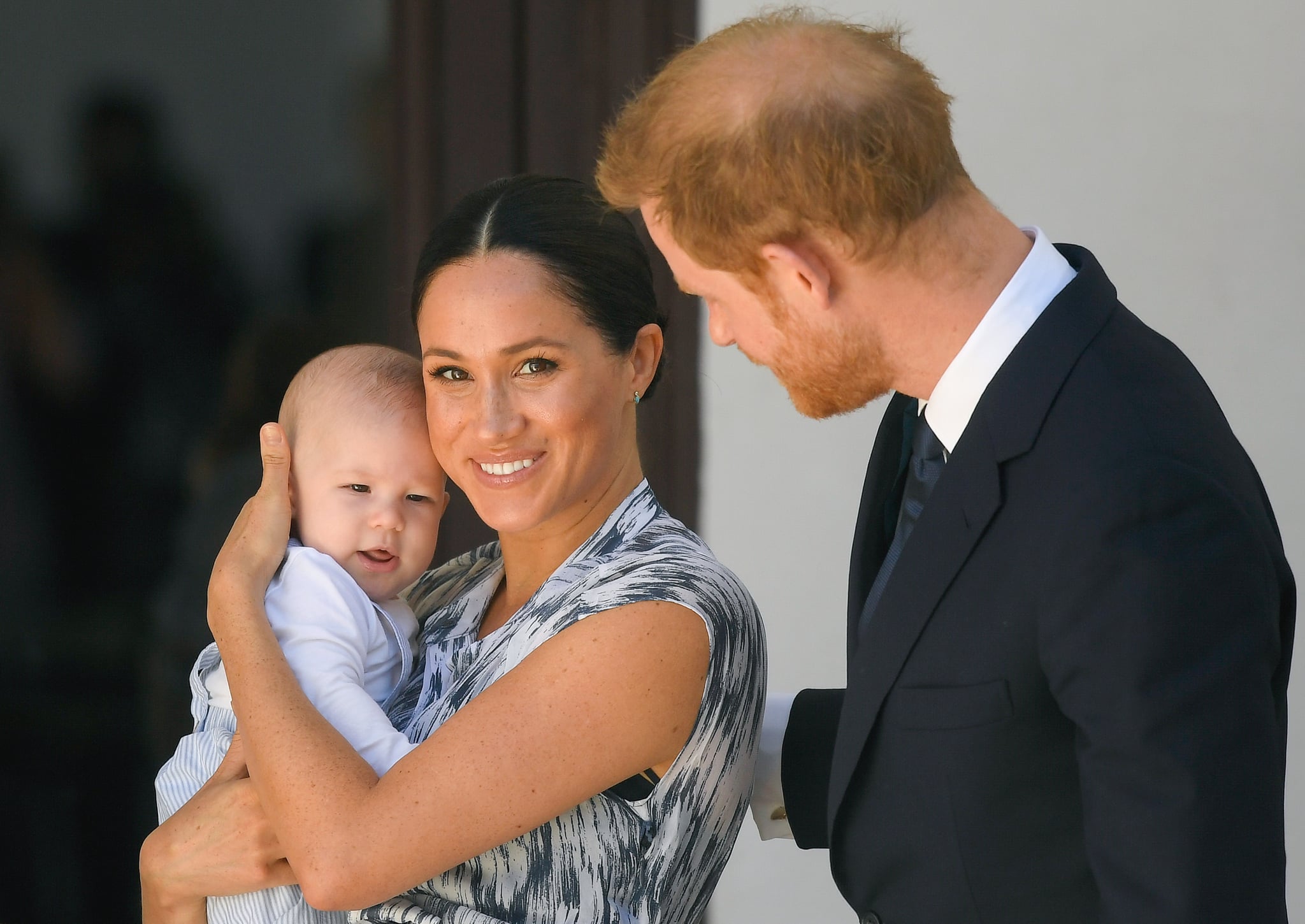When Prince Harry and Meghan Markle welcomed their first child, Archie Harrison Mountbatten-Windsor, in May 2019, they decided not to give him a royal title. Mountbatten-Windsor is the official last name used for members of the royal family who do not have the “royal highness” styling.
Since stepping away as senior members of the royal family in 2020, Markle and Harry have opted to give their son an even more normal upbringing in the United States. In the wake of Queen Elizabeth II’s death, though, Archie is now considered a prince as the grandchild of King Charles III. Similarly, his younger sister Lilibet is now a princess.
It’s all thanks to the rules of peerage, which dictate the British royal titles. Archie officially became a prince when his grandfather Charles III acceded to king on Sept. 8. The current rules, issued by King George V in 1917, state that the title of prince or princess goes to the sons and daughters of the sovereign, grandchildren born to the sovereign’s sons, and the eldest son of the Prince of Wales’s eldest son (who would be Prince George today). This is why Prince Andrew’s children, Princess Beatrice and Princess Eugenie, are princesses, while Princess Anne’s children, Peter and Zara Phillips, are not. The queen reportedly offered a “courtesy” title to Zara and Peter, but Princess Anne apparently declined.
Source: Read Full Article

